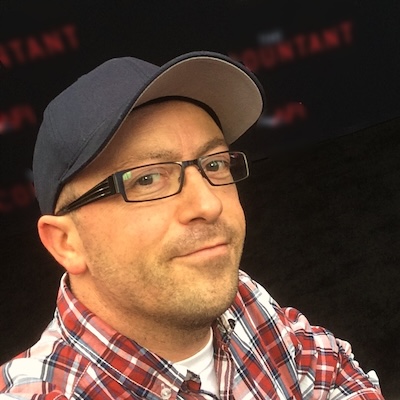“Wallace and Gromit: Vengeance Most Fowl” Directors Nick Park & Merlin Crossingham go Back to the Bakehouse
It has been almost two decades since the Oscar-winning stop-motion animation delight Wallace and Gromit: The Curse of the Were-Rabbit. Now, the dynamic duo is back in a new adventure, Wallace and Gromit: Vengeance Most Fowl; however, the world has changed.
Not only is the feature streaming on Netflix, a platform that did not exist in 2005, but technological and production processes have evolved exponentially, opening up a world of creative opportunities.
In Wallace and Gromit: Vengeance Most Fowl, Wallace invents a “smart gnome” called Norbot who develops a mind of its own and turns bad. However, it turns out an old foe is behind it and out for revenge. The film pays homage to such films as Cape Fear, The African Queen, The Italian Job, and Village of the Damned.
Here, Nick Park, co-director and Wallace and Gromit’s creator, and Merlin Crossingham, co-director and Aardman’s Creative Director, discuss how massive technological leaps since the original film (which Park co-directed and Corssingham served as second unit director) enhanced their world-building, yet their reliance on artisans remained as vital as ever in their beguiling new Wallace and Gromit adventure.
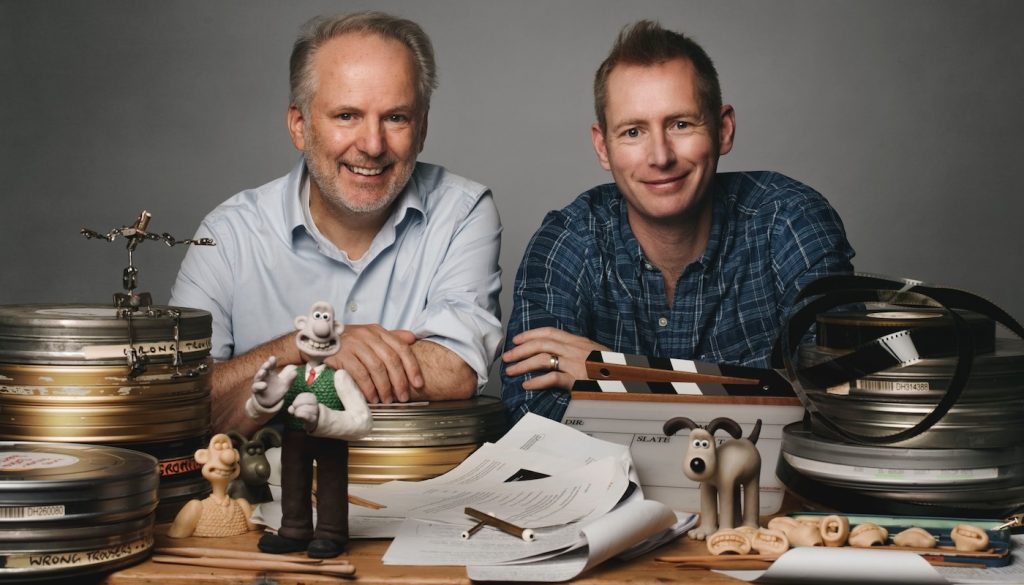
Wallace and Gromit: Vengeance Most Fowl introduces audiences to Norbot. What were the key considerations in creating the character?
Park: He had to fit in with the Wallace and Gromit world. Some of my early drawings had him with a more organic mouth because I hadn’t really thought too far about how he would be animated. When we began to work together, we started looking at ventriloquist dummies and how sinister they are in horror movies and the one that a British comedian called Harry Hill had.
Crossingham: He’s a Wallace invention, so that was also a very important starting point to inform the way he looked. The evolution process once we’ve designed the characters moves to how they perform, so we did have him blinking, looking, and talking in an elaborate way. However, the more we stripped Norbot back, the funnier he got. It’s that feeling of unease where even when he’s good, he looks a little unsettling. We locked his eyes to make him feel like a machine because we didn’t want him to feel like Pinocchio. That was really important. He rotates from the middle because we wanted him to feel like a robot. We didn’t want to anthropomorphize him into a young boy.
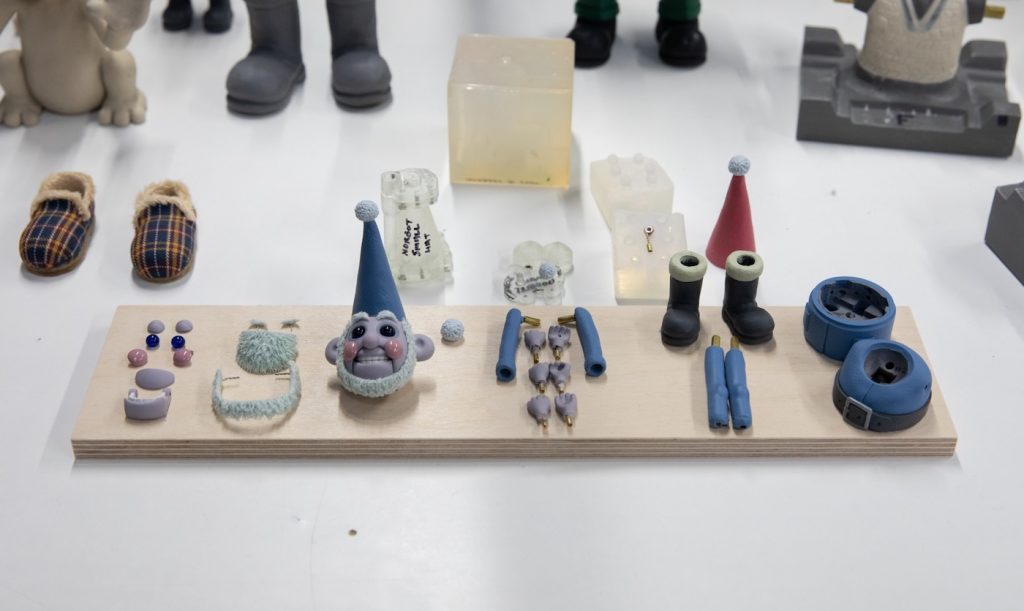
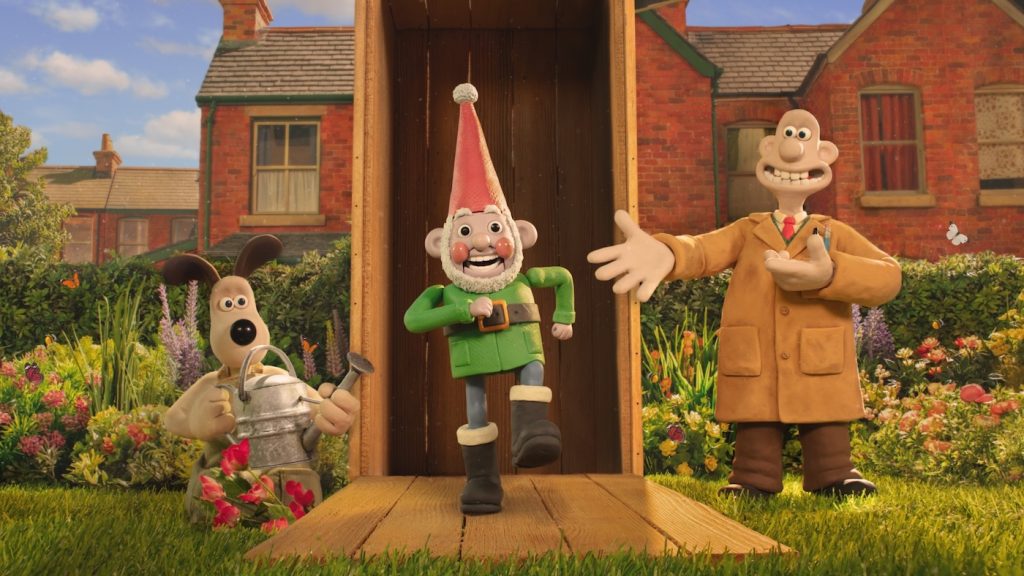
How have materials and processes changed since Wallace and Gromit: The Curse of the Were-Rabbit?
Crossingham: When it comes to the puppets, silicone is a good example. Historically, you could make it look good, but it wouldn’t move well, or it would move well, but it wouldn’t look good, but now you can do both, and the scale is convincing. We can still make sure the fingerprints are in Wallace’s sleeve that would have been modeling clay, but now we can use a silicone version. We’d still use modeling clay if we need it, but 3D printing for prototyping and making molds is a game changer in the model-making department. Although there are great technological advances, it’s still handmade and the craft of the build is fundamental.
Even though the materials have changed, the aesthetic has stayed intact. How do you achieve that?
Park: The handmade quality is key to the ethos of Wallace and Gromit and the humor and charm and everything that go with it. We’ve shot everything Aardman since A Matter of Loaf And Death using digital technology. That has been a big thing to adapt to, but it gives you great advantages. If a shot goes wrong in any way, it’s easier to fix. If a leaf falls off the tree or a picture falls off the wall, you can easily fix it this way. We used to have to live with it or reshoot it.
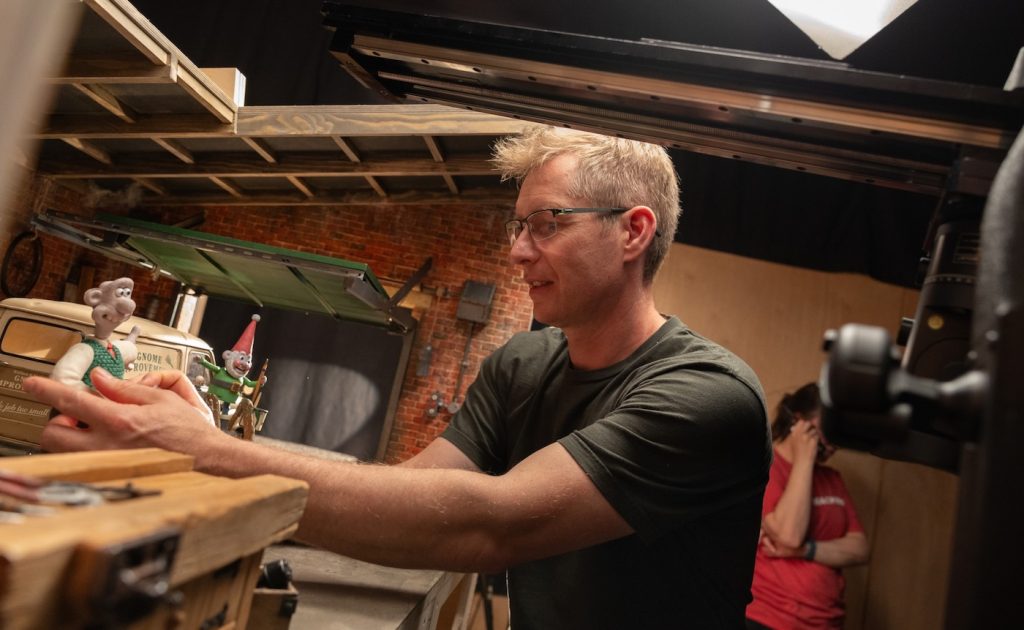
Crossingham: A core principle is that we try to shoot everything in front of the camera. For example, when Norbot is being hacked and has got a projection on him, our director of photography found a miniature projector that would be light and color stable so it could be left on for weeks. It’s not a post effect; it is actual numbers being projected on top of Norbot as he’s been hacked. Technological craft hacks like that are a lovely hybrid of the traditional stop motion technique and finding modern solutions. We never would have thought that was possible. You could have had the more obvious things, such as water and fog, but even five years ago you would have had to have a mega budget to do that much water. Now, our in-house team at Aardman is like, “We can do that for you and stylize it to fit it to our Wallace and Gromit world.” That’s key.
Park: With the quality of Wallace and Gromit’s world, where everything is a bit rounder and a little bit chunky and lumpy, they can make the water animate so that it fits that world.
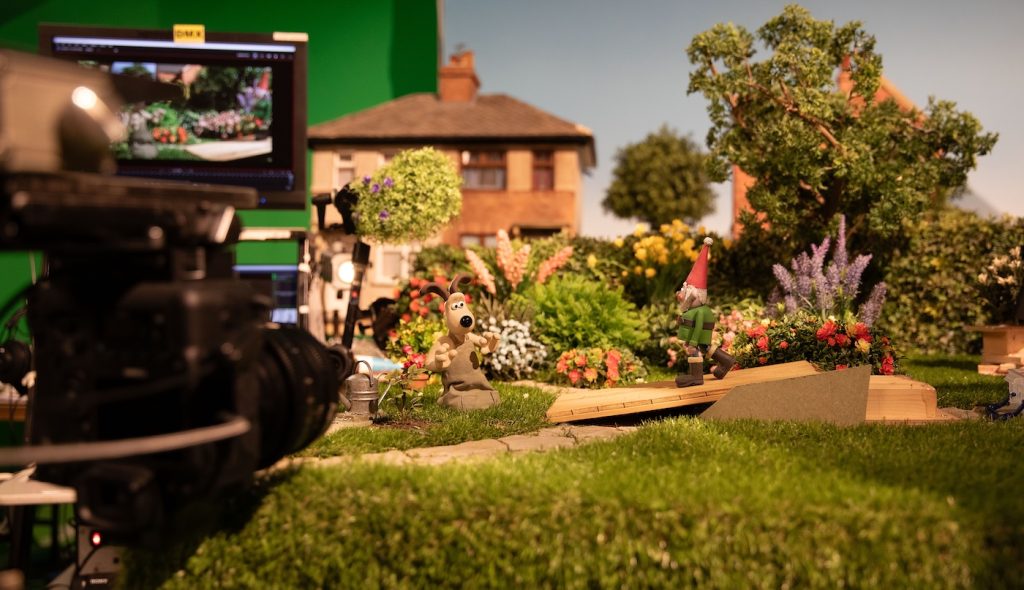
You have this in-house, but do you have a pool of local artisans and craftspeople you can dip into?
Crossingham: The armatures, which are the fundamental bones of Wallace and Gromit, are made by a miniature engineering company called John Wright Modelmaking, who are also based in Bristol. They’re not part of Aardman, but they make the component parts, and then our miniature engineers use those to fabricate our puppets. We have a huge skill base at Aardman, and most of the creative talent, the craftspeople, are freelance. We don’t hold a huge staff base so the crews will come and go, but the majority live within the Bristol area. That talent base has grown with the studio, and they don’t just work for us, but it’s really important to nurture and support that.
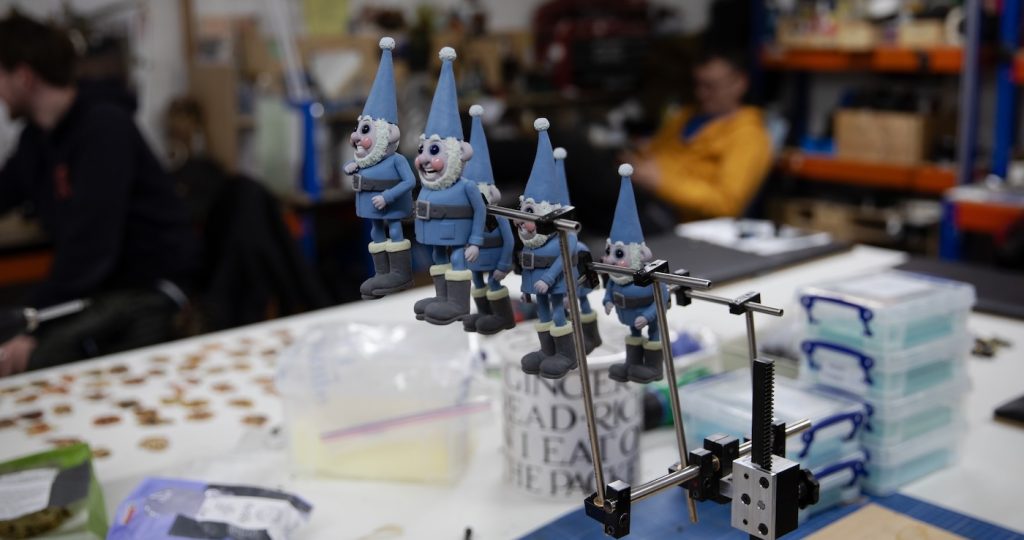
I saw an unfinished version of Wallace and Gromit: Vengeance Most Fowl, so I saw how the sausage was made. It showed things like the studio ceiling beyond the shot and the degree of blending physical production, matting, and CG.
Crossingham: It’s another one of those things where post-production used to be a hallowed thing. You’d really have to count your shots and ask, “Can we do that shot? Do we need to take it to London?” Now, we have a digital post-production pipeline that can do almost anything we can ask for within time and money allowances. It’s a case of saying, ‘Where do we where do we want the time and the energy spent?’
Park: We have always had, with films like Chicken Run and Were-Rabbit, these big visions. We joke that it’s easy to write that there will be 19 dancing caribou and storyboard that, but then it’s a big question for our art and camera department to ask, “How the hell are we going to shoot this?” As you saw when you could see ceilings, we really wanted these high shots over the aqueduct at the end. We tried to keep as much as possible built for real by the art department, so the valley was all real, but the camera couldn’t get high enough with the rigs we’d got. The ceiling got in the way. The aqueduct itself and the legs became CG, which gave us a lot more flexibility with lots of other shots as well. We could move things around much more easily.
Crossingham: There were three different scales of the valley, and being able to meld them together was great. Also, the use of digital skies has become more commonplace because we previously would have had to paint them.
Park: In the old days, if a character wanted to leap, leave the ground, or throw anything, you would have to have wires holding it and hide them and stop them reflecting the lights and stuff. Now it’s much quicker to do that, maybe against a green screen, and do it that way. The animator doesn’t have to get distracted by hiding wires. They can have it on a rig, be more intuitive, and grapple with it much quicker. Then, we can paint it out in post.
Wallace and Gromit: Vengeance Most Fowl is now streaming on Netflix.
For more on big titles on Netflix, check these out
“Maria” Cinematographer Ed Lachman on Painting Angelina Jolie’s Mythic Opera Legend With Light
“Maria” Costume Designer Massimo Cantini Parrini on Designing Angelina Jolie as a Legendary Diva
Regional Sustainability Advisor Clara George on Greening Netflix’s “Virgin River”
Featured image: Wallace & Gromit: Vengeance Most Fowl. Courtesy Netflix.

